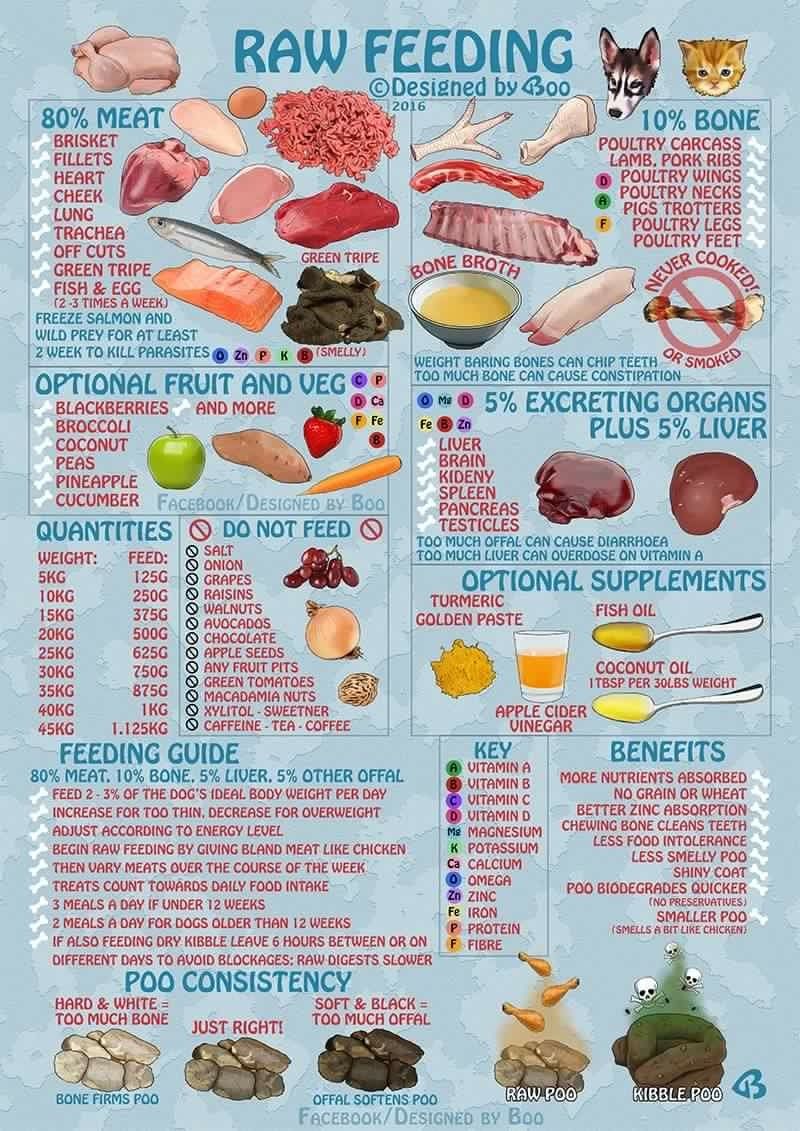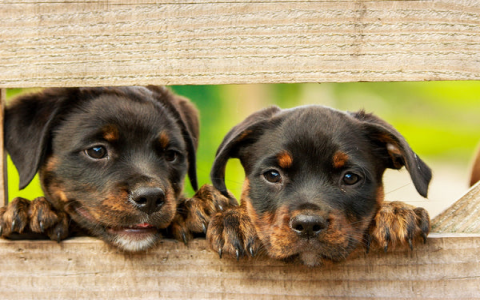Alright, guys, let’s talk about switching my Rottweiler, Brutus, to a raw food diet. I’ve been doing a lot of reading and it seems like this is the way to go to keep him in tip-top shape. So, I decided to give it a shot and document the whole process.
Getting Started
First things first, I did some digging around online to understand what a raw food diet actually is. Turns out, it’s all about feeding dogs what they would naturally eat in the wild – you know, raw meat, bones, organs, and a bit of plants. Sounds simple enough, right? The idea is to give them the nutrients they need in the most natural form possible. It is also said that a raw food diet can meet Rottweilers’ high-quality protein source requirements.

The First Steps
I started by figuring out what I needed to buy. The formula I came across was the 80:10:10 rule: 80% muscle meat, 10% organ meat, and 10% bone. I made a list: chicken, beef, some fish, liver, kidney, and some bones for Brutus to chew on. Rottweilers have powerful jaws, so I knew he would appreciate the bones. I also grabbed some dog-friendly veggies like carrots and a few apples for snacks.
Making the Meals
Preparing the meals was a bit of a messy affair, I won’t lie. I bought a big meat grinder because chopping up all that meat by hand would have taken forever. Grinding the meat and mixing in the organs and crushed bones was quite the workout! I felt like a butcher, but it was kind of fun in a weird way. I portioned out the meals into containers, enough for a week, and popped them in the freezer.
Transitioning Brutus
Now, you can’t just switch a dog’s diet overnight. I knew I had to transition Brutus slowly from his old kibble to the raw food. I started by mixing a small amount of raw food with his kibble, gradually increasing the raw portion over a week. Brutus seemed a bit confused at first, but he quickly got on board. I mean, who wouldn’t prefer fresh meat over dry kibble?
Observations
Over the next few weeks, I kept a close eye on Brutus. I wanted to see how he was reacting to the new diet. I noticed his energy levels were through the roof! He seemed more lively and playful than ever before. His coat also started to look shinier and healthier. Even his poops were smaller and less smelly, which was a nice bonus.
Dealing with Concerns
Of course, I had some concerns, mainly about bacteria. Raw meat can carry bacteria, and I didn’t want Brutus or anyone in my family getting sick. I made sure to handle the meat safely, just like I would with raw meat for human consumption. Clean surfaces, wash hands, the whole nine yards. Some folks online warned me that there might be no nutritional benefits compared to a good quality kibble, but I decided to see for myself.
The Verdict
After a couple of months on the raw food diet, I can say that Brutus is thriving. He’s happier, healthier, and full of energy. It’s a bit more work than just pouring kibble into a bowl, but seeing how much he loves it and how good he looks, it’s totally worth it. Plus, knowing I’m giving him a diet that’s close to what he’s naturally meant to eat feels pretty good.
Some Tips
If you’re thinking about switching your dog to a raw food diet, here are a few things I learned along the way:

- Do Your Research: Make sure you understand what a raw food diet entails and what your dog needs.
- Start Slow: Transition your dog gradually to avoid digestive issues.
- Be Hygienic: Handle raw meat safely to prevent bacterial contamination.
- Monitor Your Dog: Keep an eye on your dog’s health and adjust the diet as needed.
- Consult Your Vet: It’s always a good idea to talk to your vet before making any major changes to your dog’s diet.
Switching Brutus to a raw food diet was a bit of an adventure, but it’s been one of the best decisions I’ve made for him. He’s not just my pet; he’s family, and I want him to be as healthy and happy as possible. If you’ve got a Rottweiler or any other breed, and you’re considering raw feeding, I hope my experience helps you make an informed decision. It’s a commitment, but the benefits can be amazing!






